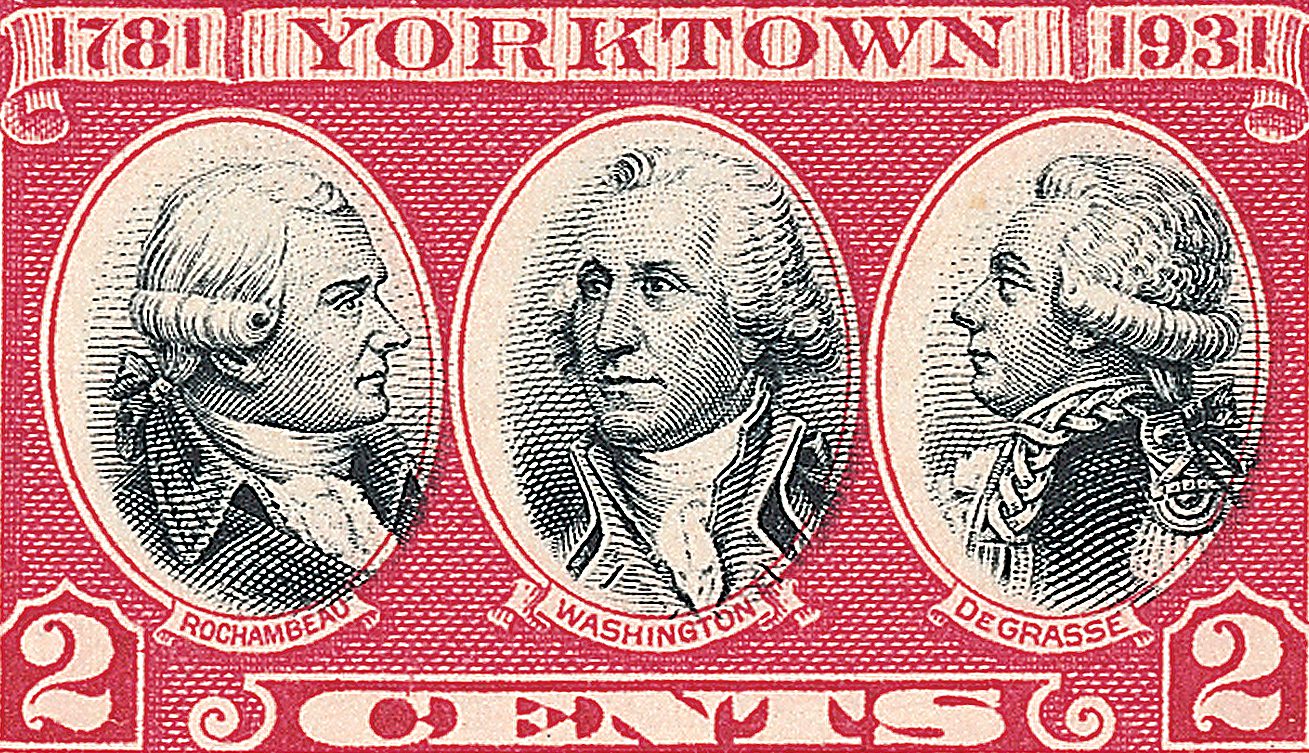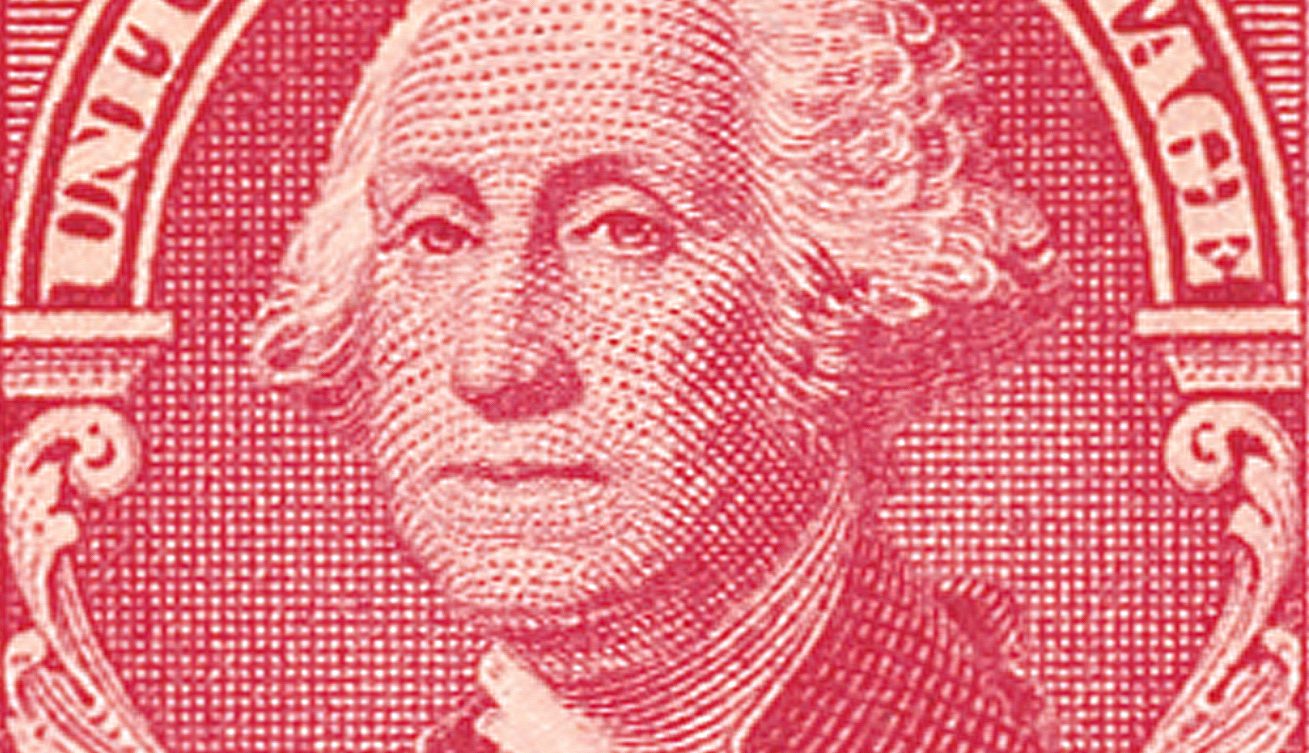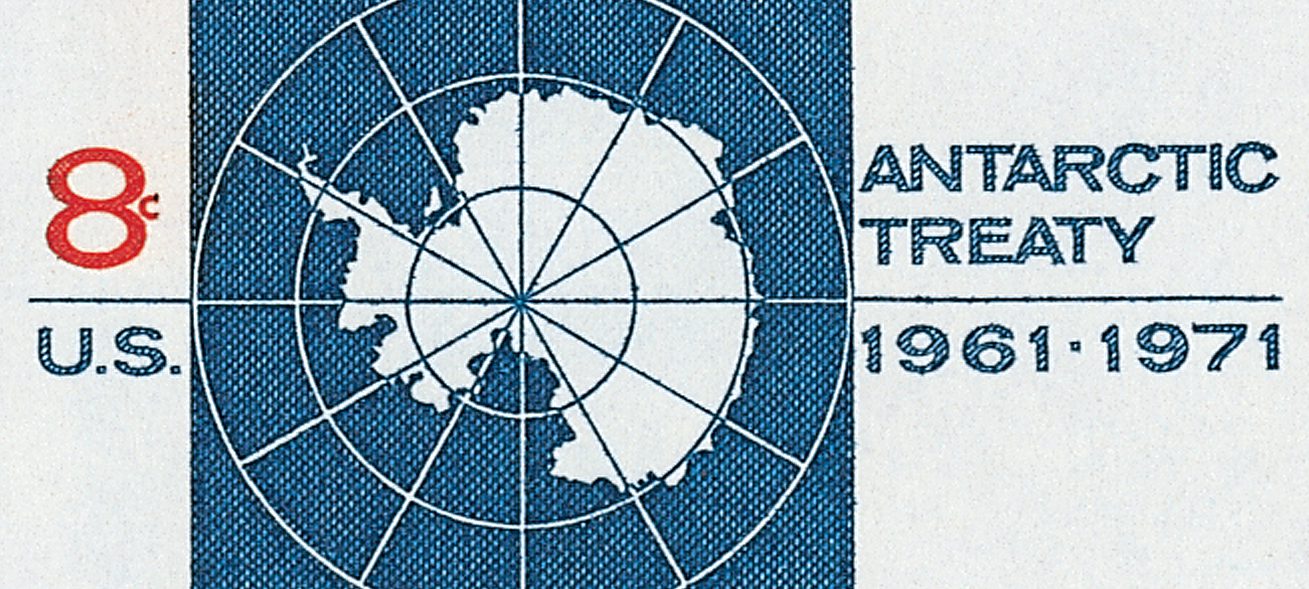Death of James Hoban
On December 8, 1831, the man who shaped one of the most iconic buildings in American history—James Hoban—died in Washington, DC. Although his name isn’t as well known as the presidents who lived in his masterpiece, Hoban’s work left a permanent mark on the nation. As the architect of the White House, he helped design not only a home for America’s leaders but also a symbol of the country’s identity. His life story stretches from rural Ireland to the heart of the young United States, where his talent built the setting for generations of American history.









